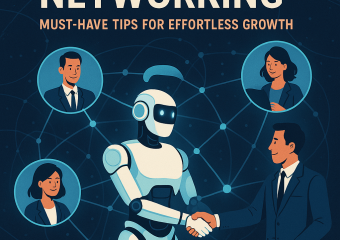Maximizing Efficiency: Harnessing AI for Streamlined Workflows
In today’s fast-paced business environment, maximizing efficiency in workflows is crucial for staying competitive and meeting the demands of customers. With the rapid advancements in technology, particularly in the field of artificial intelligence (AI), organizations have the opportunity to streamline their work processes and achieve higher levels of productivity. By harnessing the power of AI, businesses can automate repetitive tasks, make data-driven decisions, and optimize resource allocation, ultimately leading to cost savings and improved performance.
The Role of AI in Streamlining Work Processes
AI plays a pivotal role in streamlining work processes by automating routine tasks and providing valuable insights for decision-making. Machine learning algorithms can analyze vast amounts of data in real-time, identifying patterns and trends that humans may overlook. This enables organizations to make more informed decisions and allocate resources more effectively. Additionally, AI-powered tools can automate repetitive tasks such as data entry, scheduling, and customer service, freeing up employees to focus on more strategic and creative tasks.
Implementing AI Solutions for Increased Productivity
Implementing AI solutions in workflows can lead to significant increases in productivity and efficiency. According to a study by McKinsey, AI has the potential to increase productivity by up to 40% in some industries. By leveraging AI technologies such as natural language processing, machine learning, and robotic process automation, organizations can streamline their workflows, reduce errors, and improve overall performance. For example, AI-powered chatbots can handle customer inquiries 24/7, reducing response times and improving customer satisfaction. Similarly, AI algorithms can optimize supply chain management, predicting demand and optimizing inventory levels to reduce costs.
Case Studies: Successful Integration of AI in Workflows
Several organizations have successfully integrated AI into their workflows, achieving significant improvements in efficiency and productivity. For example, Amazon uses AI algorithms to optimize its logistics operations, predicting demand and optimizing delivery routes to reduce costs and improve customer satisfaction. Similarly, IBM has implemented AI-powered tools to automate IT support tasks, reducing response times and improving service quality. By leveraging AI technologies, these companies have been able to stay ahead of the competition and deliver better results for their customers.
In conclusion, maximizing efficiency in workflows through the use of AI is essential for organizations looking to stay competitive in today’s fast-paced business environment. By automating routine tasks, making data-driven decisions, and optimizing resource allocation, businesses can achieve higher levels of productivity and performance. Implementing AI solutions requires careful planning and investment, but the potential benefits are significant. As more organizations embrace AI technologies, those that fail to adapt risk falling behind. By harnessing the power of AI, businesses can streamline their workflows, reduce costs, and deliver better results for their customers.







